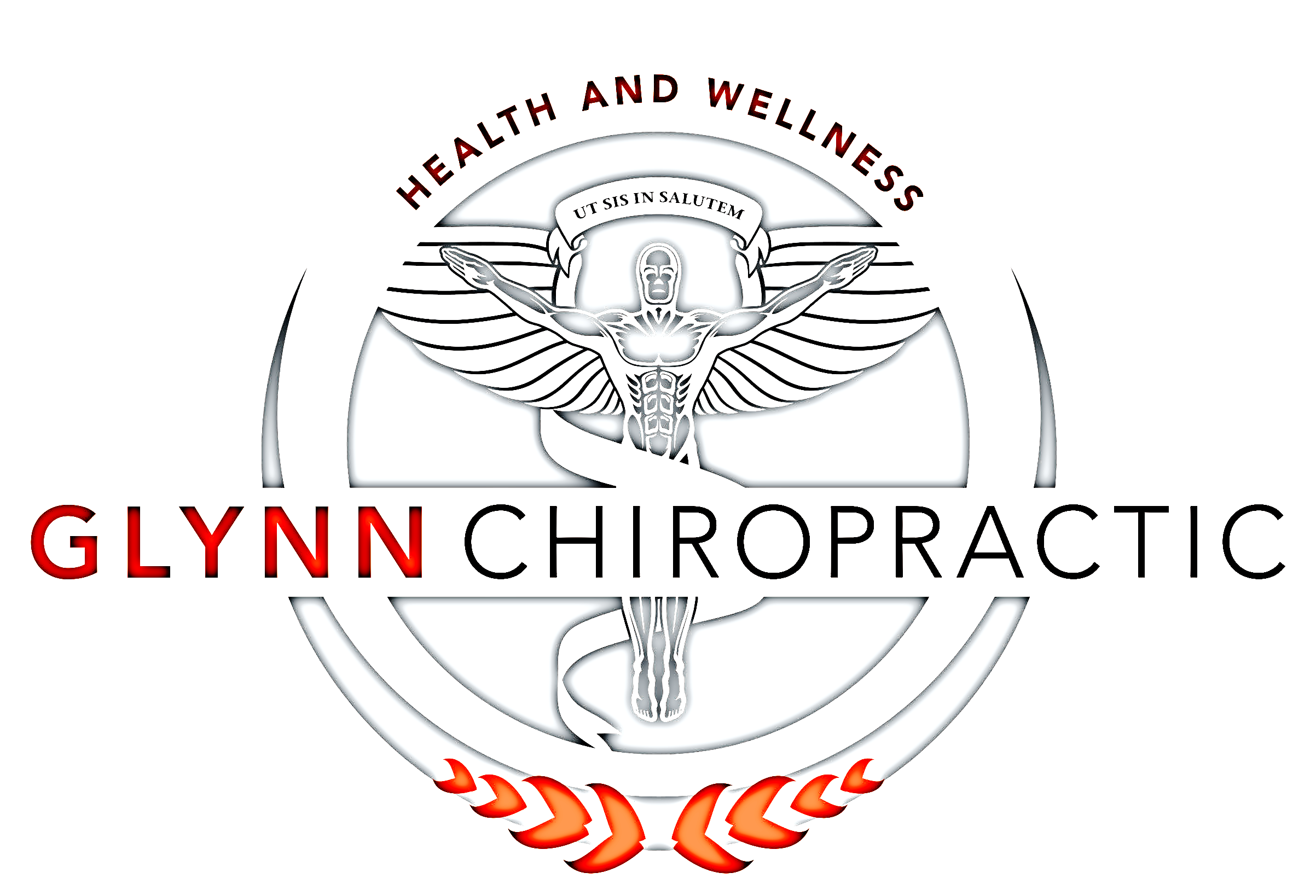Neuro Sensorimotor Integrator
The neuro sensorimotor integrator is a programmable instrument that offers a range of activities to improve various visual, motor, and cognitive skills. It includes 13 categories and 40 activities designed to target specific areas of the brain related to visual processing, eye movements, hand-eye coordination, and more.
Here are some of the categories and activities offered by the neuro sensorimotor integrator:
Pursuits: This category includes activities that focus on smooth eye movements, such as following a moving object.
Saccades: This category includes activities that focus on rapid eye movements, such as shifting gaze between different points.
Custom Tracking: This category includes activities that involve tracking specific patterns or sequences.
Auditory Visual Timing: This category includes activities that involve responding to visual or auditory cues with speed and accuracy.
Tachistoscope: This category includes activities that involve briefly presenting visual stimuli to improve visual processing speed and accuracy.
OptoKinetics: This category includes activities that involve moving visual stimuli to improve visual tracking and coordination.
Visual Motor: This category includes activities that involve using visual information to guide motor movements, such as hand-eye coordination tasks.
The neuro sensorimotor integrator offers a wide range of activities to address various skills, including:
Eye-hand coordination: These activities involve using visual information to guide hand movements, such as catching a ball or hitting a target.
Visual reaction time: These activities involve responding quickly to visual stimuli, such as a flashing light or a moving object.
Speed and span of recognition: These activities involve quickly identifying and processing visual information, such as letters or numbers.
Visual balance integration: These activities involve using visual information to maintain balance and stability, such as standing on one foot with eyes closed.
Oculomotor skills: These activities involve improving eye movements and coordination, such as tracking moving objects or shifting gaze between points.
Visual motor skills: These activities involve using visual information to guide motor movements, such as drawing or writing.
Neuro-cognitive skills: These activities involve improving cognitive functions related to visual processing, such as attention, memory, and spatial awareness.

